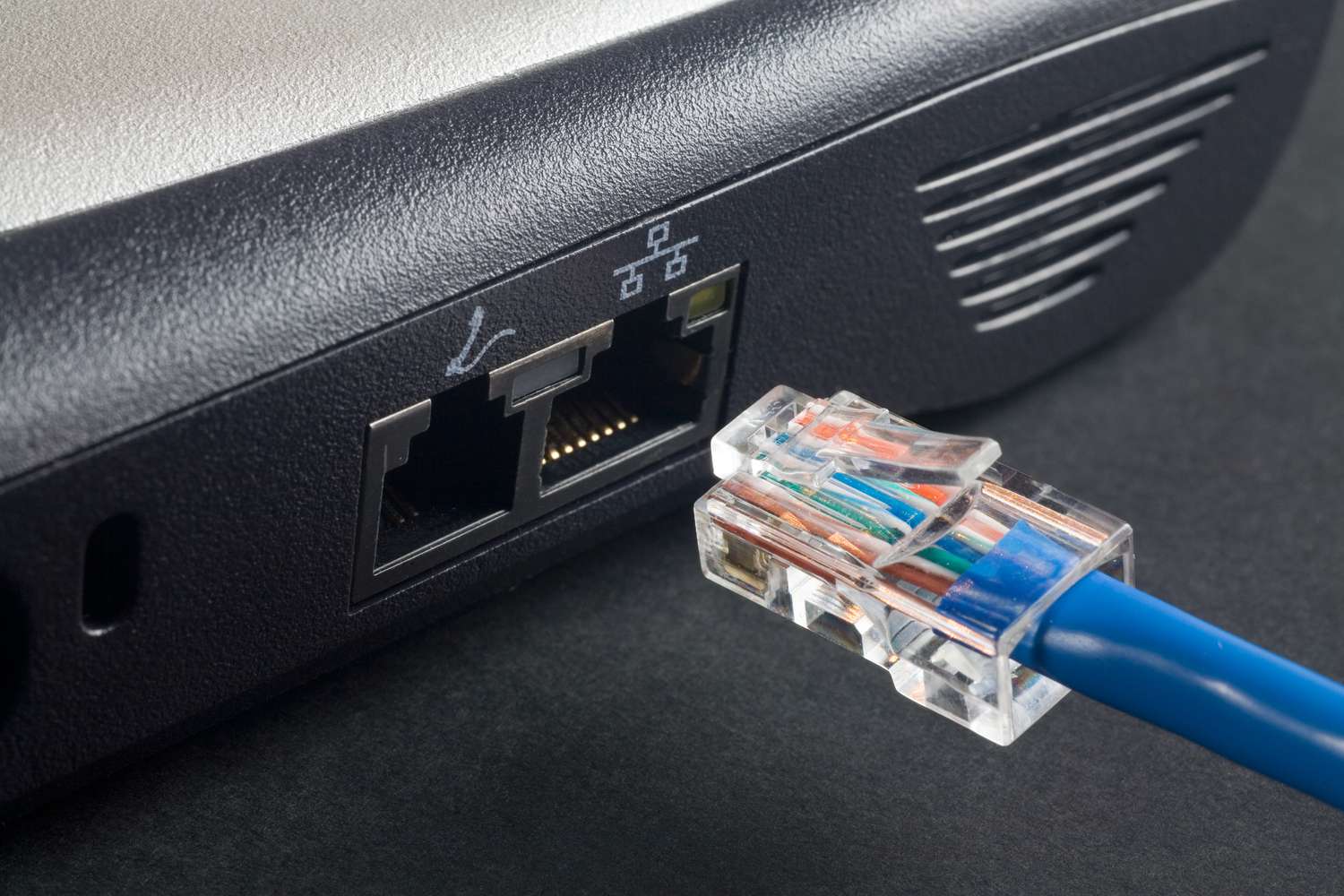What is a LAN Port: A Quick Introduction
A local area network (LAN) is a group of devices connected together in one physical location, such as a building, office, or home. It can be small or large, ranging from a home network with one user to an enterprise network with thousands of users and devices in an institute, office, or school.
They establish a wired, as opposed to a wireless, internet connection. The LAN port is mostly on the back of both computers and network equipment.
While Wide Area Networks (WANs) and Metropolitan Area Networks (MANs) connect devices that are located a considerable distance apart from one another, a LAN is simply a group of devices connected across a short distance.
The use of the port in LANs, such as those found in homes, schools, and office building networks, gave way to the term “LAN port.”
What is the Main Use of a LAN Port?
Sharing resources is the major purpose of LANs.
When connected to a network, expensive equipment like CD/ROM drives and laser printers can be shared by a number of users.
Also, buying a network edition of the software considerably cuts down the cost compared to buying it for every single computer.
Why is the Lan Port Important for Different Sources that are Wifi Enabled (Instead Of Using Home WiFi)
A network connection via Ethernet cable (a LAN connection) needs to connect the 4K television or network media player’s network port to one of the RJ45 ports on the internet box or router.
By connecting your TV set through a LAN, you can share your cable and Internet while eliminating problems like a cable splitter, and you can free up the TV set’s RG coaxial port for another connection.
For a direct internet connection, AV receivers come with built-in Ethernet connectors.
If you are streaming directly from the hardware of your receiver, Ethernet is a more reliable connection than Wi-Fi and will benefit your receiver more.
Firmware updates for the receiver can also be regularly sent over a direct ethernet connection.
A LAN port provides a connection that is much more reliable than WiFi. Apple TV switches to using an Ethernet cable when you connect one instead of your WiFi network.
Here are some of the many benefits of LAN:
- Cost-effective transmission medium
- It makes it easier for a gadget to be physically connected to the media
- Ensures high data transfer speeds
- As network data transmission is independent of linked devices’ data rates, a device with one speed can transfer data to a device with another speed.
- Device connectivity is fast
- Locking files is easier
- It ensures that the security system prevents unauthorised access to data
However, there are a few drawbacks of LAN.
Each of the mainframes connected to the network needs a memory space for the LAN software. This cuts down the amount of RAM that the user’s programme can use. Also users may have difficulty comprehending network commands.
Additionally, installing and managing several PCs that are not networked requires much fewer technical and managerial skills than establishing and managing a LAN.
What are the Best Practices for Managing LAN Network?
- Enabling WPA3 encryption
- Conducting LAN inventory and implementing standardisation
- Deploying network redundancy to counter LAN downtime It would also be a good idea to invest in a backup LAN setup from a different carrier)
- Meticulously considering the physical LAN design
- Exploring software-defined LAN
Bottomline
Hopefully, this blog gave you a quick overview of the concept, usage and benefits of LAN. You can now reach out to our experts at Ooberpad who can answer your questions in-depth and help you with reliable information.

